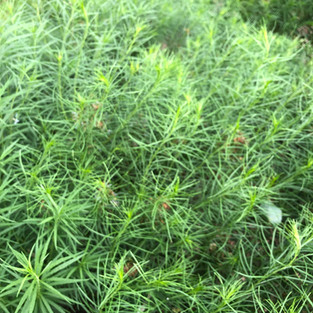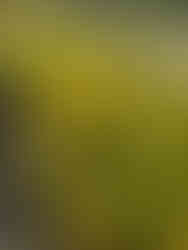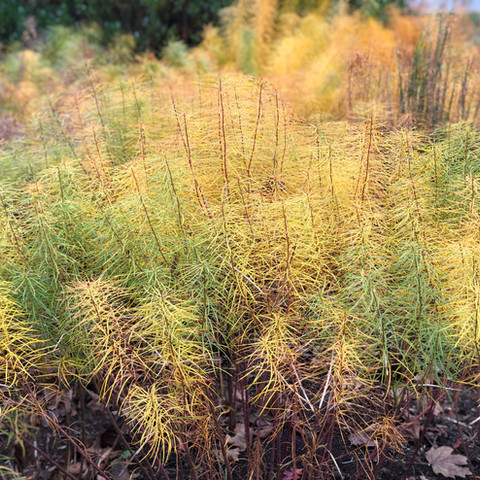Native Plants: Amazing Amsonia
- Nuts for Natives
- Oct 28, 2020
- 2 min read
A perennial for three seasons.

Amsonia is one cool plant. It seems like a grass but isn't. It is a perennial that reaches its best in fall after having looked good all summer long. It's also very easy to grow. There is only one slight hitch. Like a lot in gardening, patience is required for amsonia to really do its thing. It takes a good three to five years for plants to become robust. It is totally worth the wait! Once they mature, you will know. The robust billowy puffs of color in three seasons will really fill your space.

Amsonia emerges in late spring with light green foliage and small pale blue blooms. Once they begin spring growth, amsonia emerge quickly and typically flower in May.
As summer arrives, amsonia is more grass like than flower like. Typically, each plant grows 3 feet wide and up to 4 feet high.

As autumn approaches, amsonia really does begin to amaze. Foliage turns from green to lime to yellow to gold. It really pops, even among the panoply of fall colors.
There are three commonly available types of amsonia native to the United States. Amsonia tabernaemontana, also called Eastern blue star or blue dogbane, is native to the Chesapeake watershed and southeast. Another, amsonia illustris, often called Ozark amsonia, is native to the south central US, Both of these have wider leaves as shown above on the left. Amsonia hubrichtii, also called bluestar, above right, has fine leaved foliage and is originally native to Oklahoma and Arkansas. It is widely sold in nurseries. All three are considered by the USDA to be native plants in all US states but Hawaii and Alaska.
Amsonia is easy to grow because it tolerates dry, medium and moist soil, full sun, part sun and part shade and deer. Like all plants, amsonia need regular watering until established. The Missouri Botanical Garden recommends cutting plants back to 6 inches high after flowering to ensure plants don't flop later in summer. I have never tried that but can say that with no cut back, they grow upright in full sun. Flopping may be more of an issue in part shade.

Amsonia are frequently available at these nurseries but please call for availability. Several types of amsonia are also available right now by mail from Izel plants (plugs) and Prairie Nursery. As always, Nuts for Natives has no connection to these plant sources ... just promoting native plants!
Happy gardening.

























Comments